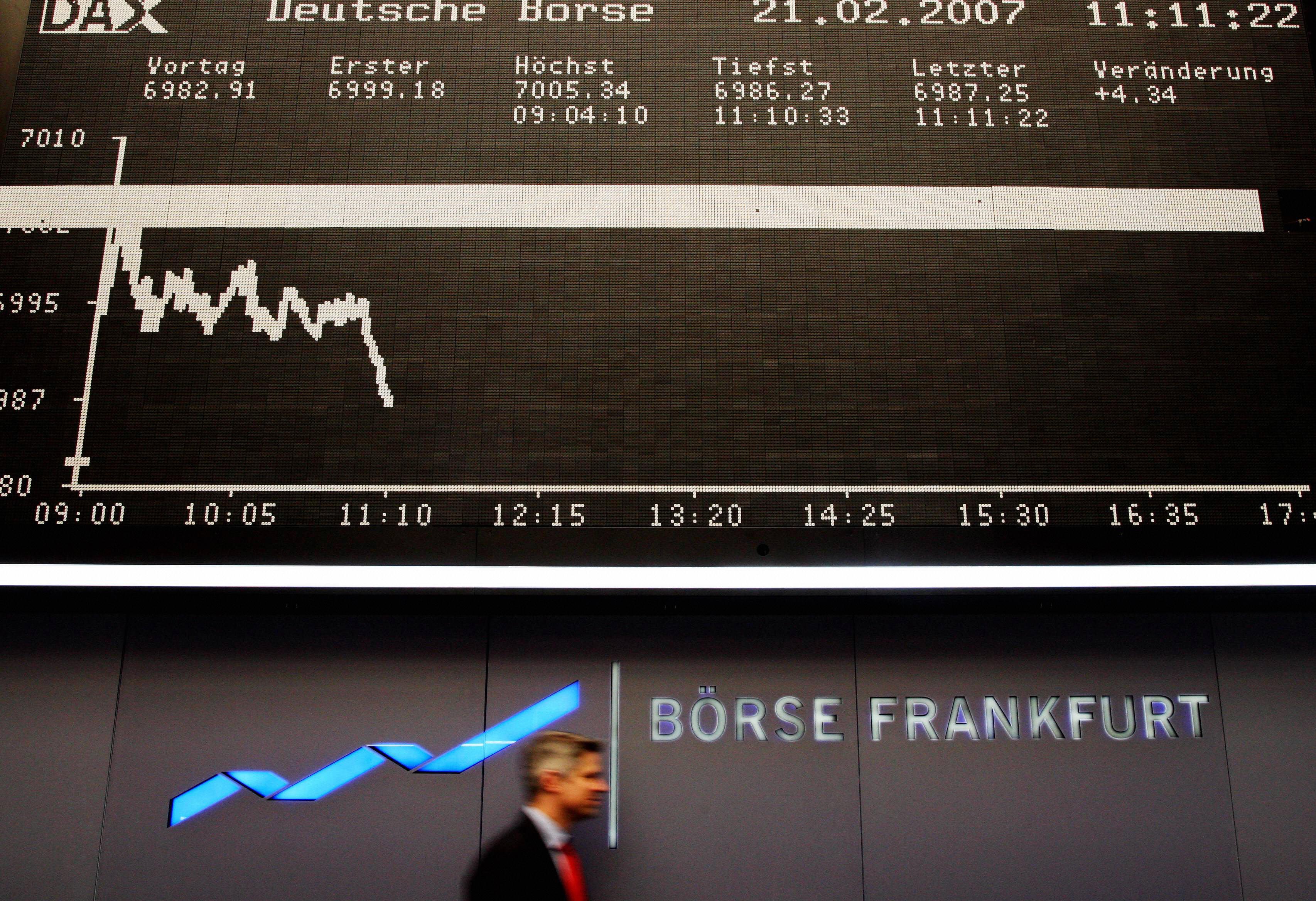The big news out of today’s Fed announcement is that it isn’t going to be begin the taper (confused? read this), but the really interesting thing is the reason the Fed gave for not tapering:
The Committee sees the downside risks to the outlook for the economy and the labor market as having diminished, on net, since last fall, but the tightening of financial conditions observed in recent months, if sustained, could slow the pace of improvement in the economy and labor market.
The punchline is that the tightening of financial conditions in recent months was caused by … rumors that the Fed was going to taper. There’s a bit of a Möbius Strip problem here. If markets think the taper is imminent, you get tight financial conditions and then those conditions become a reason not to taper.
The Fed used to have similar problems with interest rates. Good news about the labor market was perceived as increasing the odds of higher rates, which in turn was bad news for the labor market. Ben Bernanke moved to address that by offering “forward guidance” designed to clarify the circumstances under which rates might rise. But then the latest round of Quantitative Easing seems to have recreated the problem.
